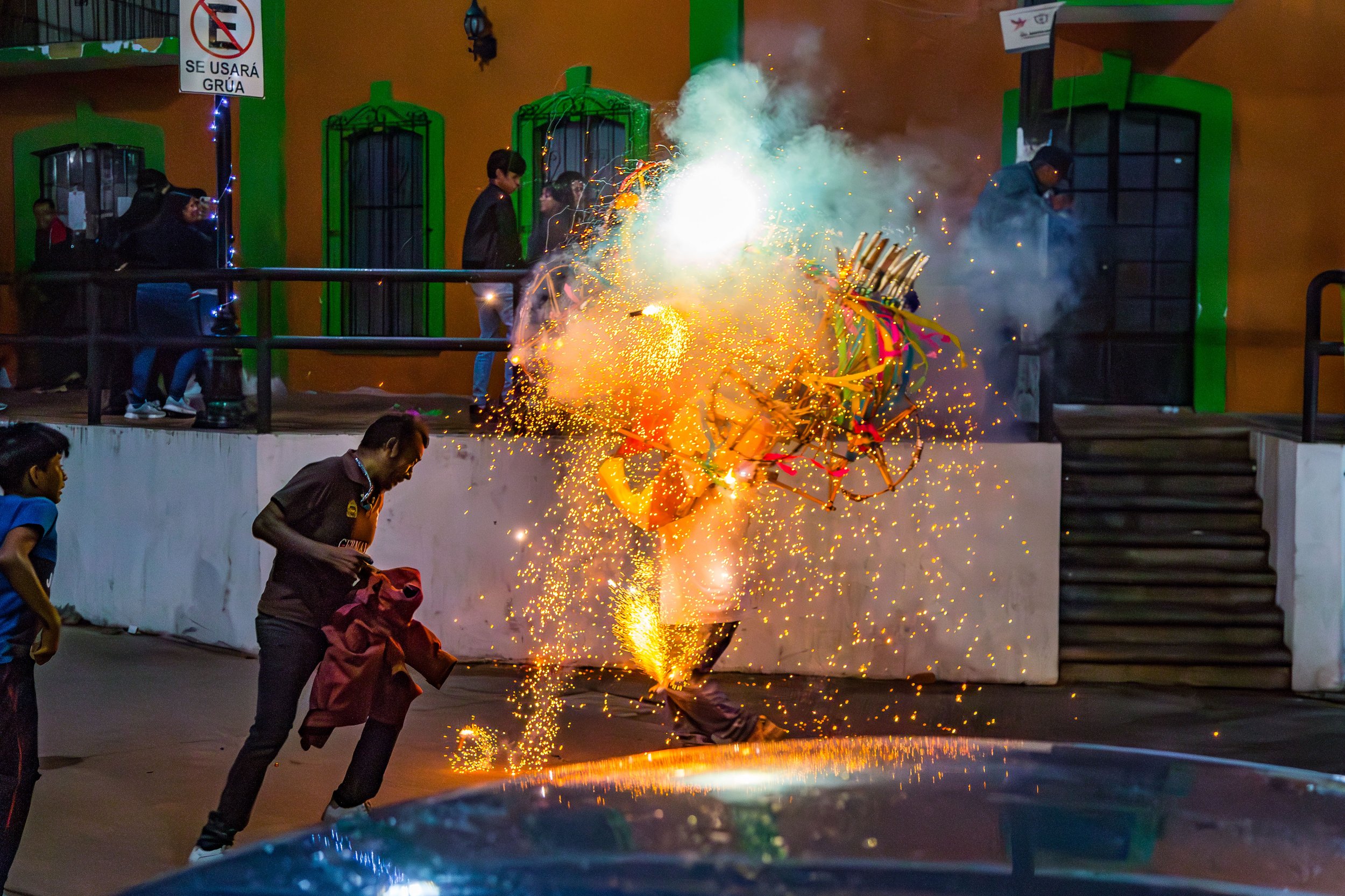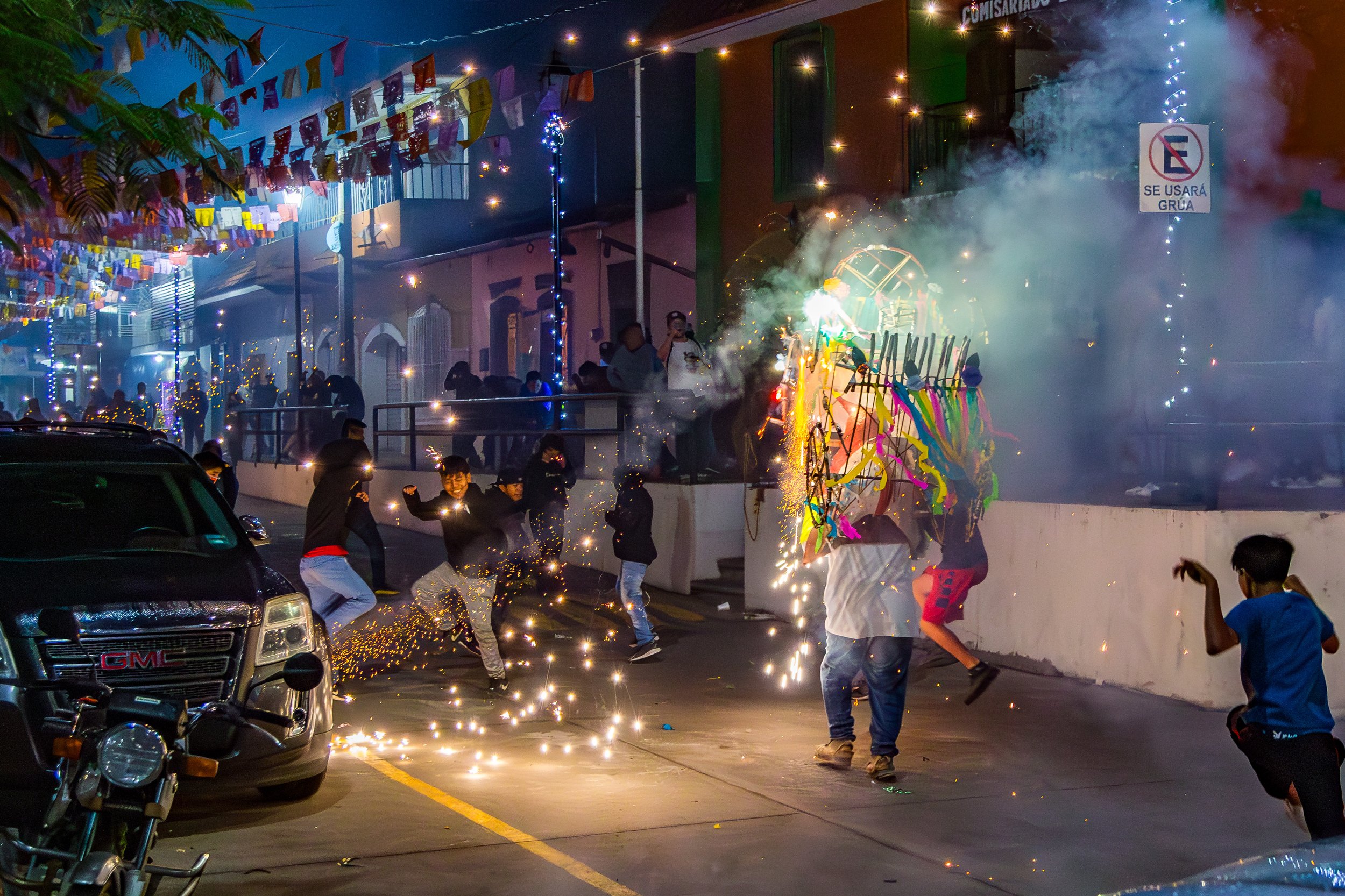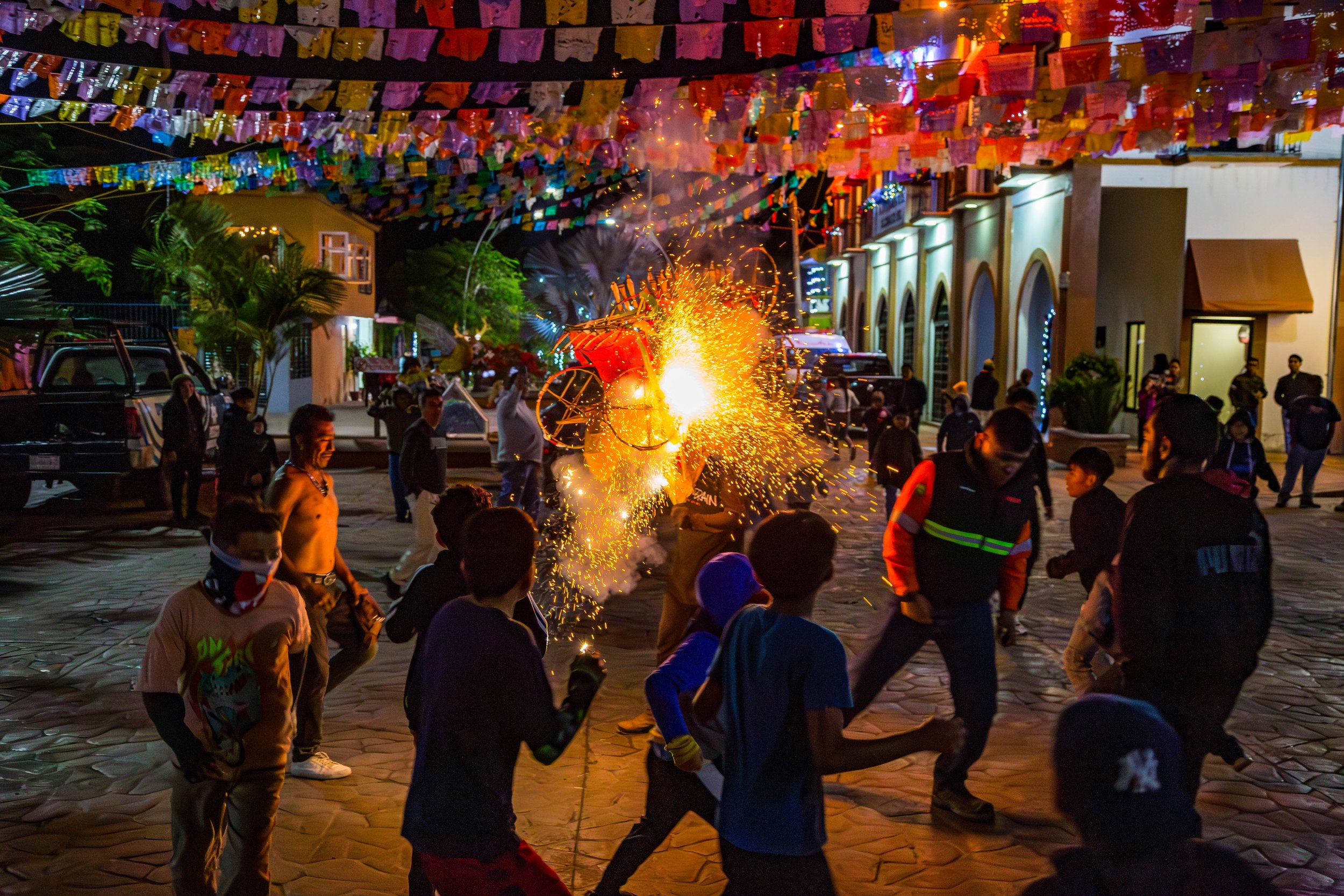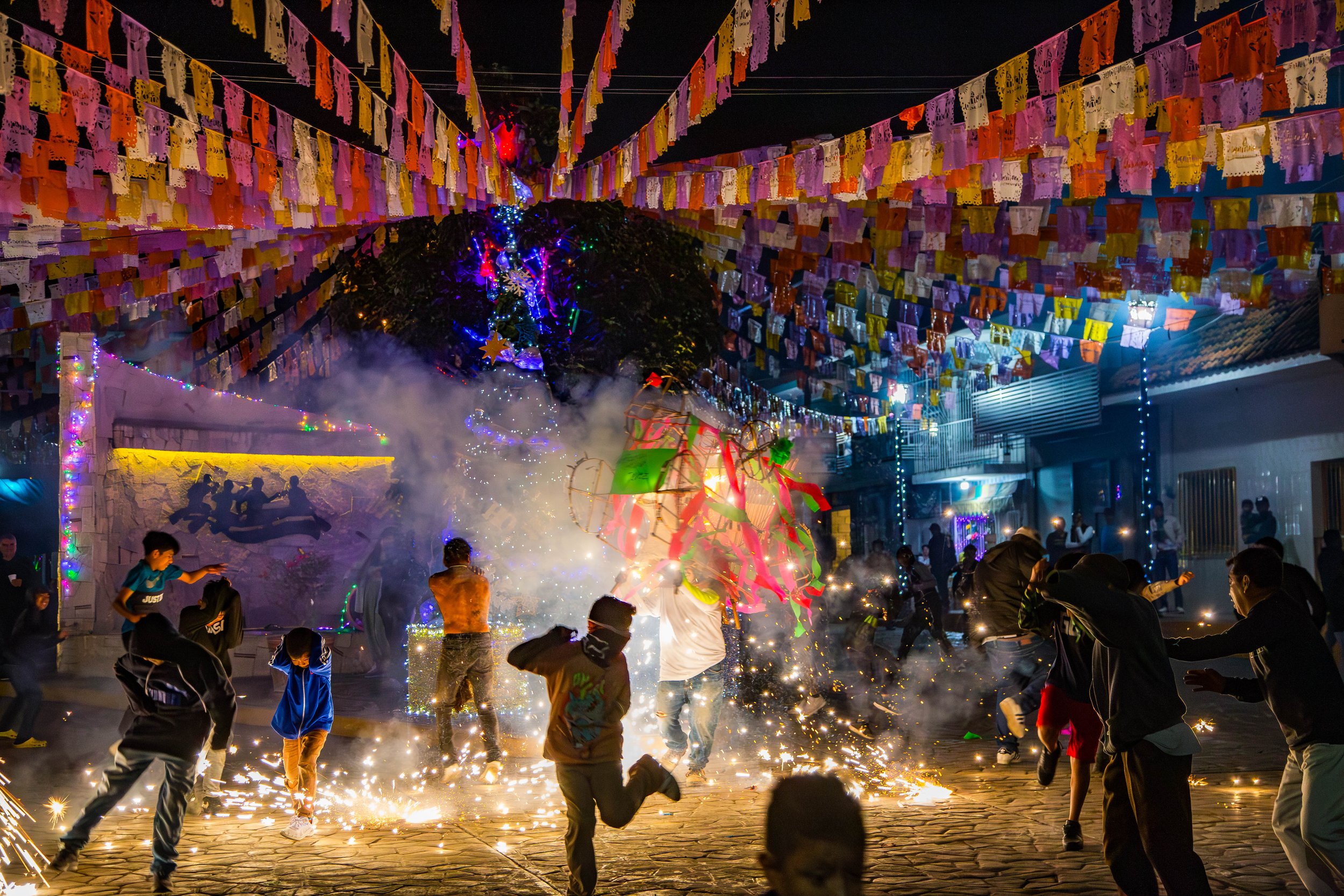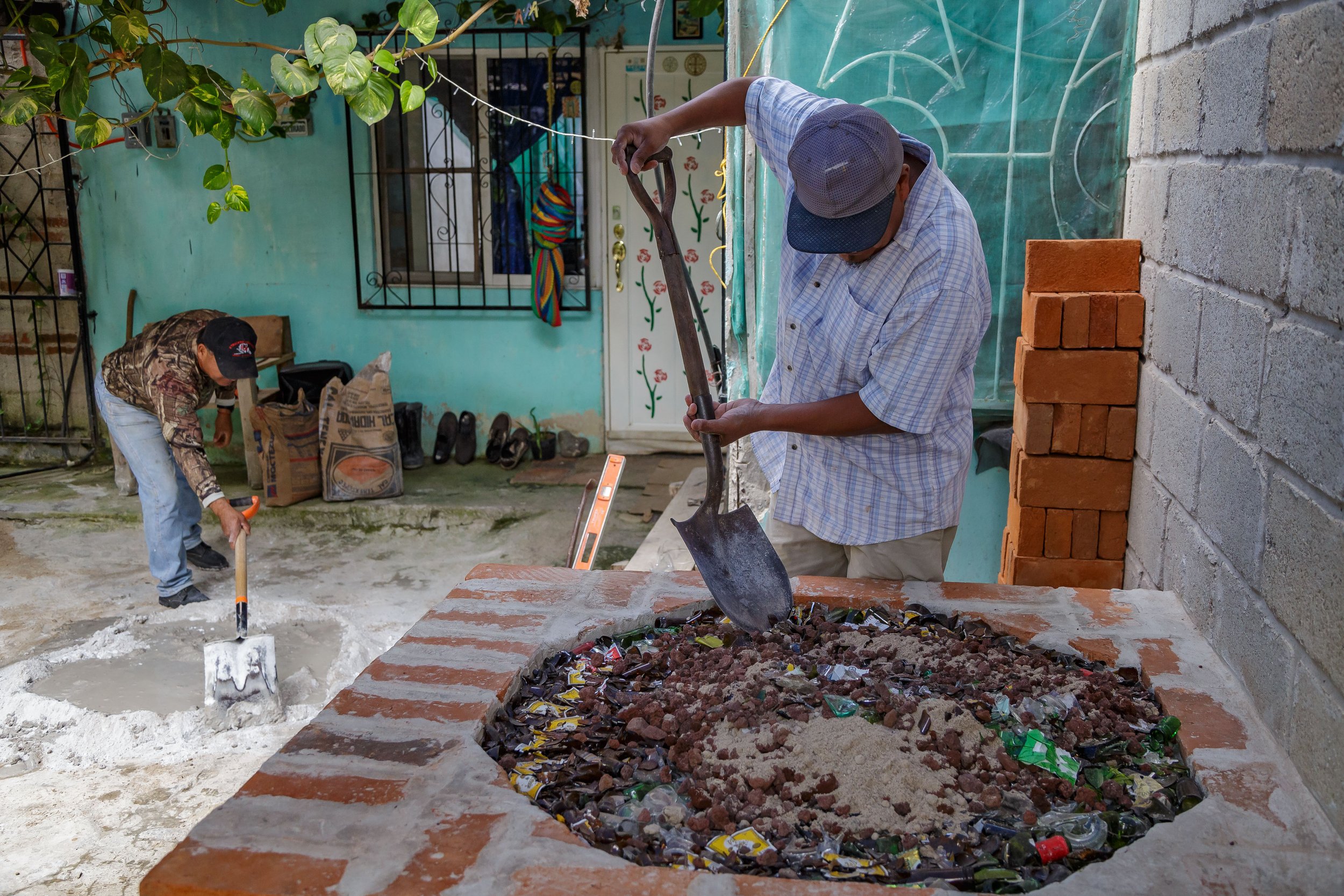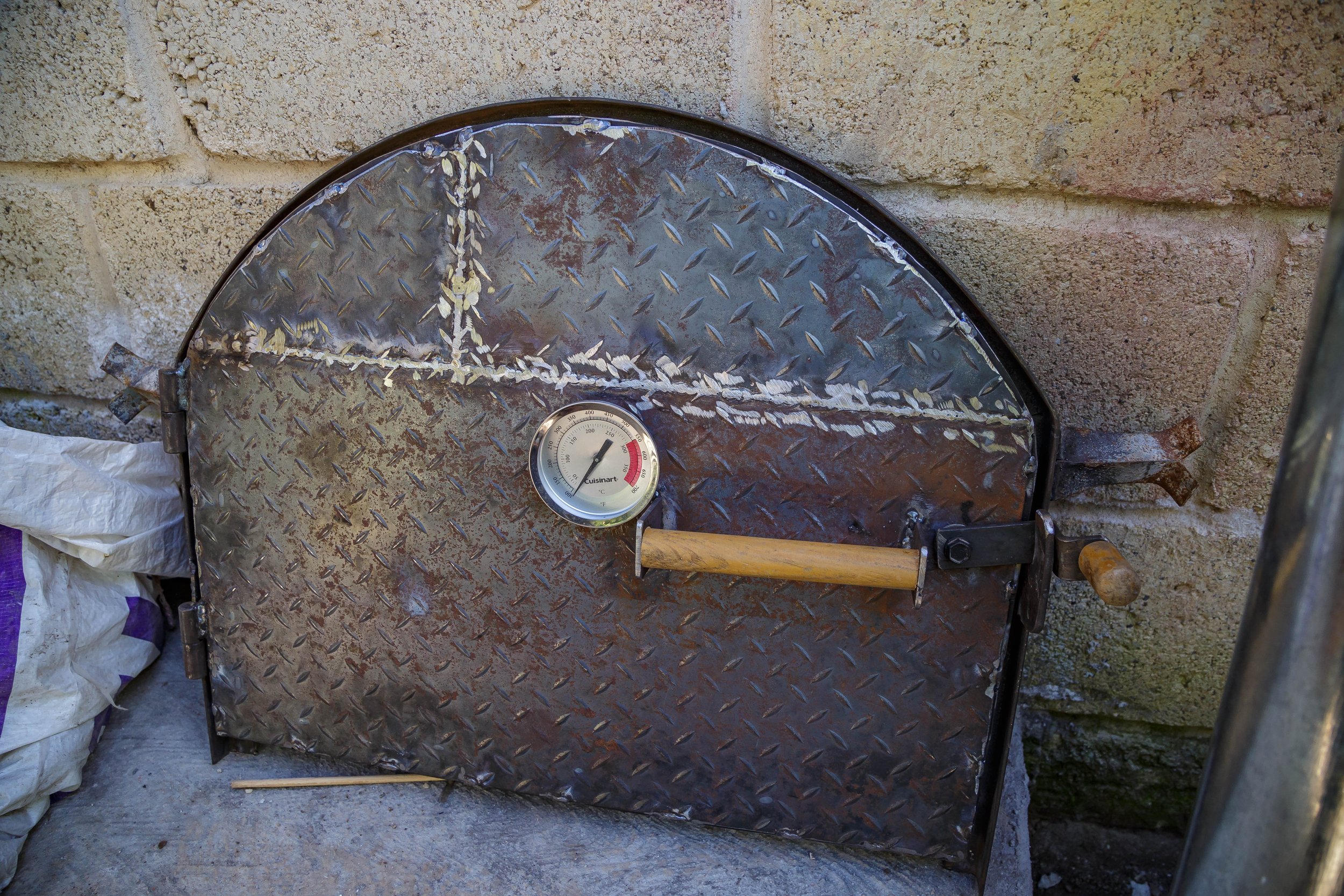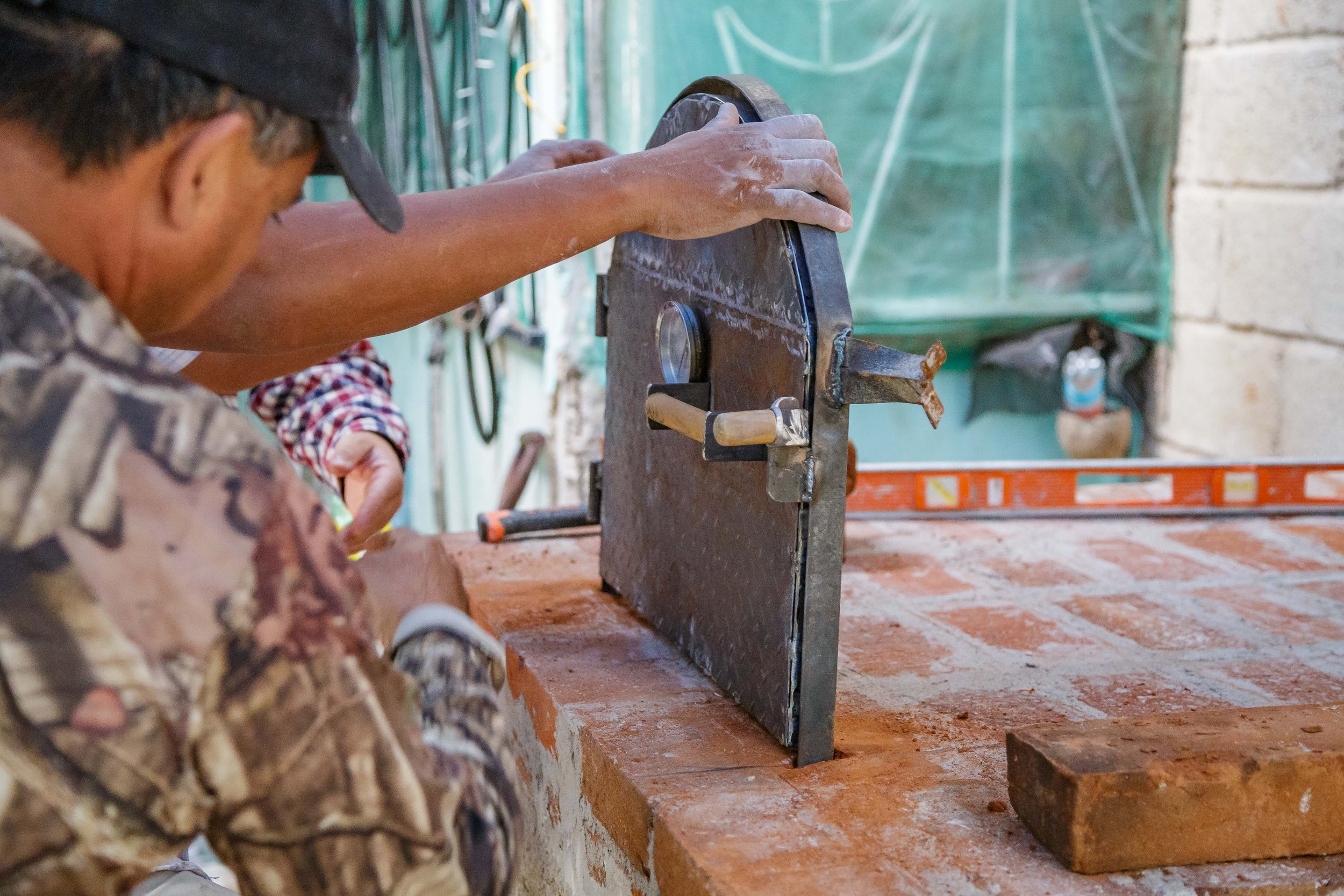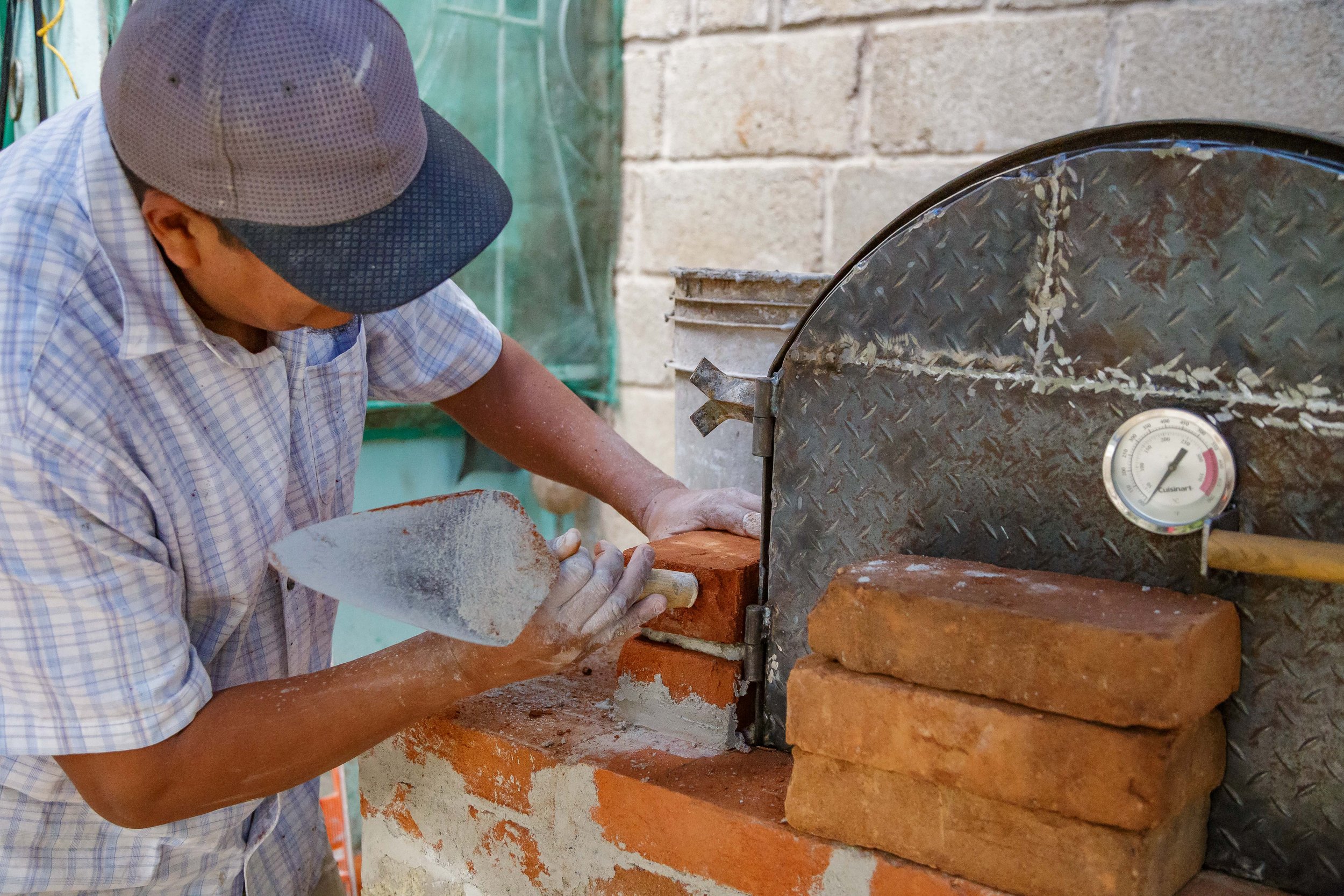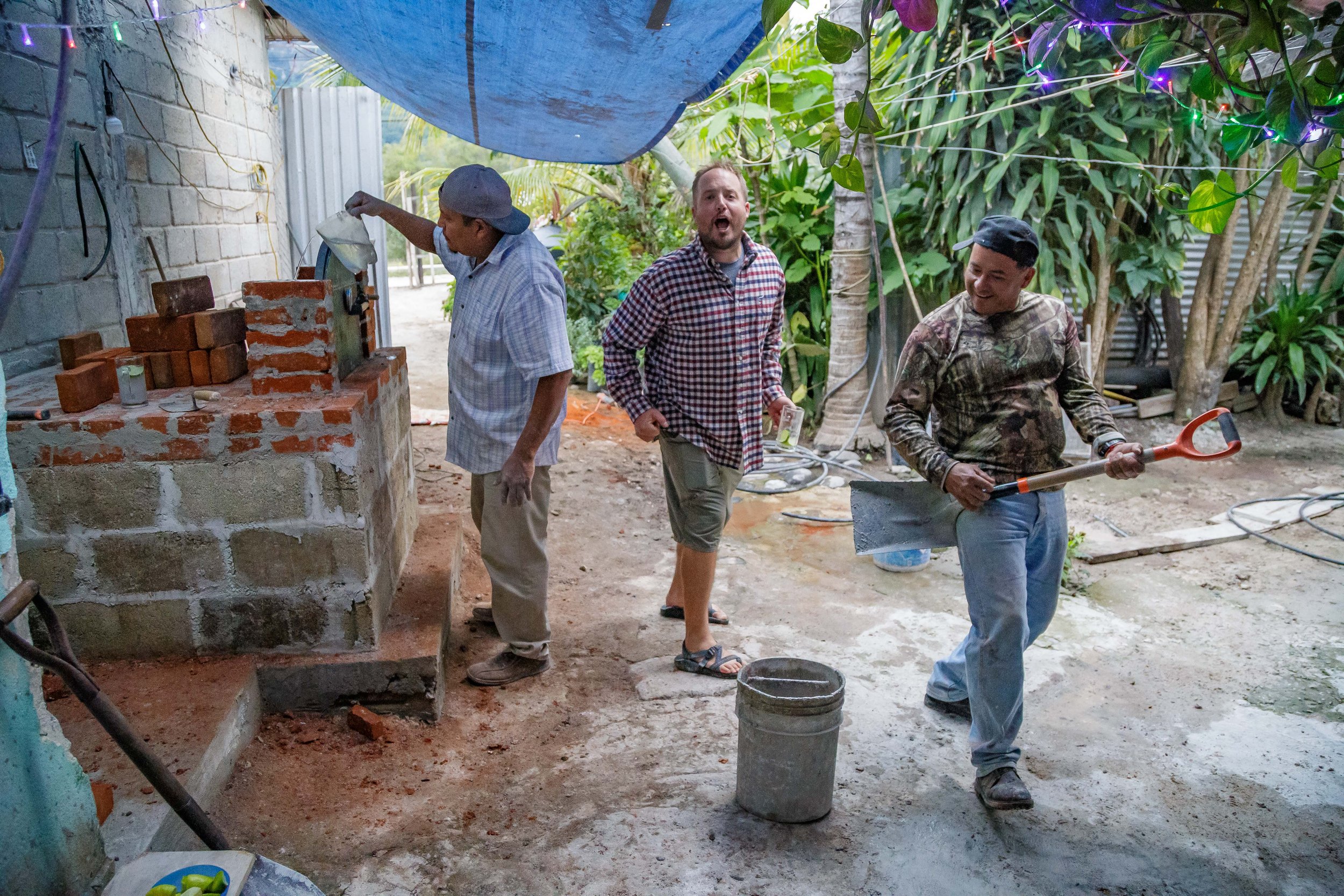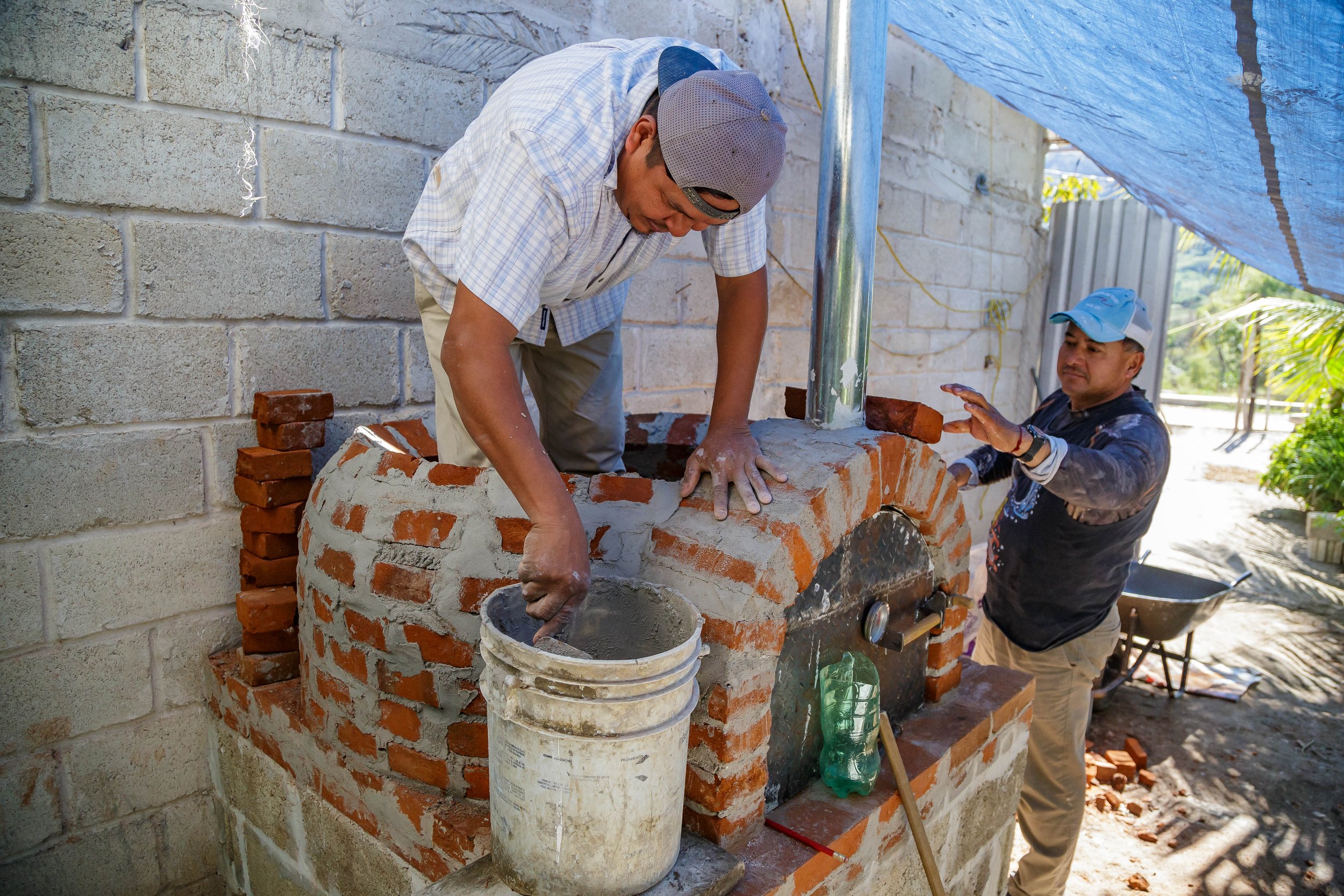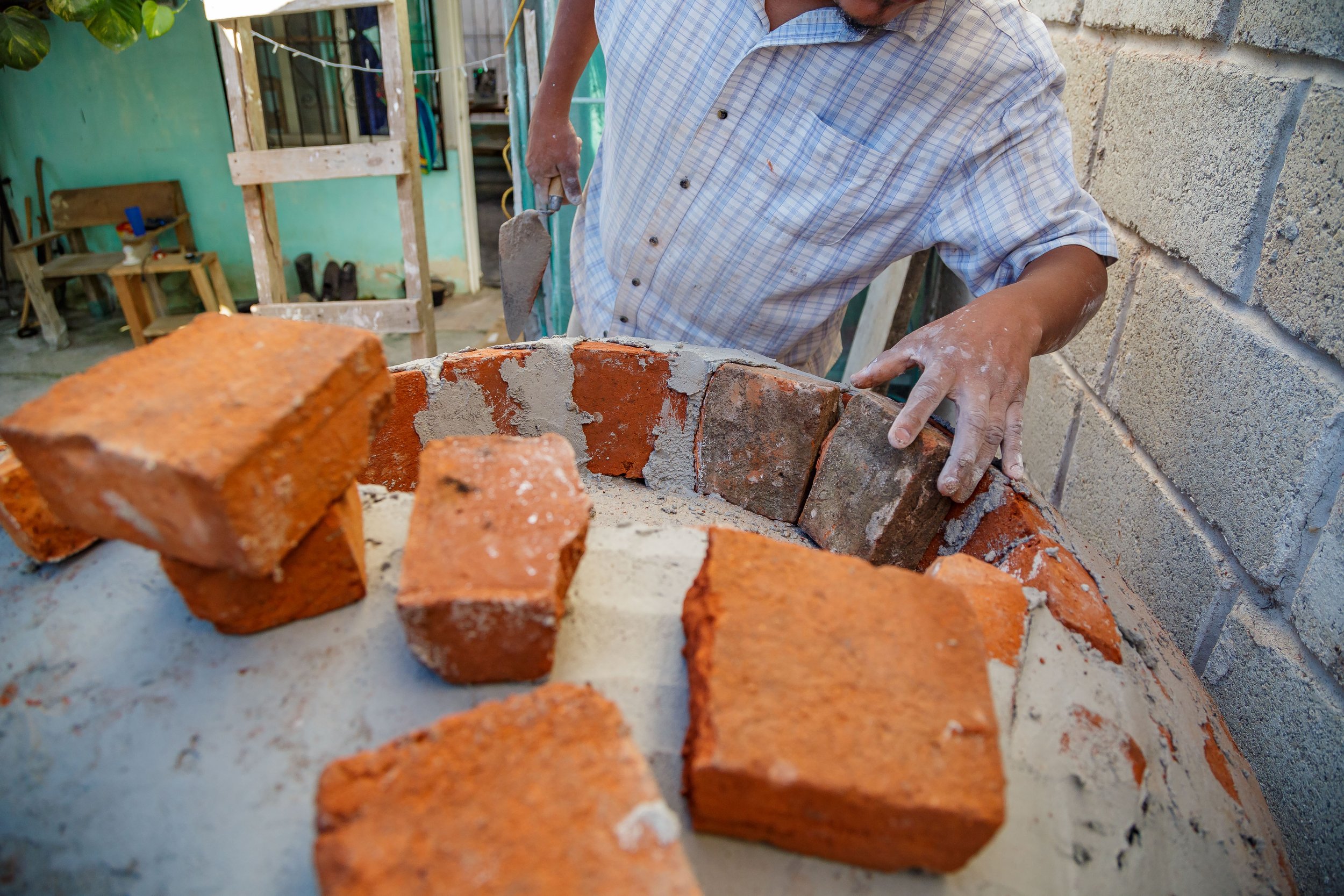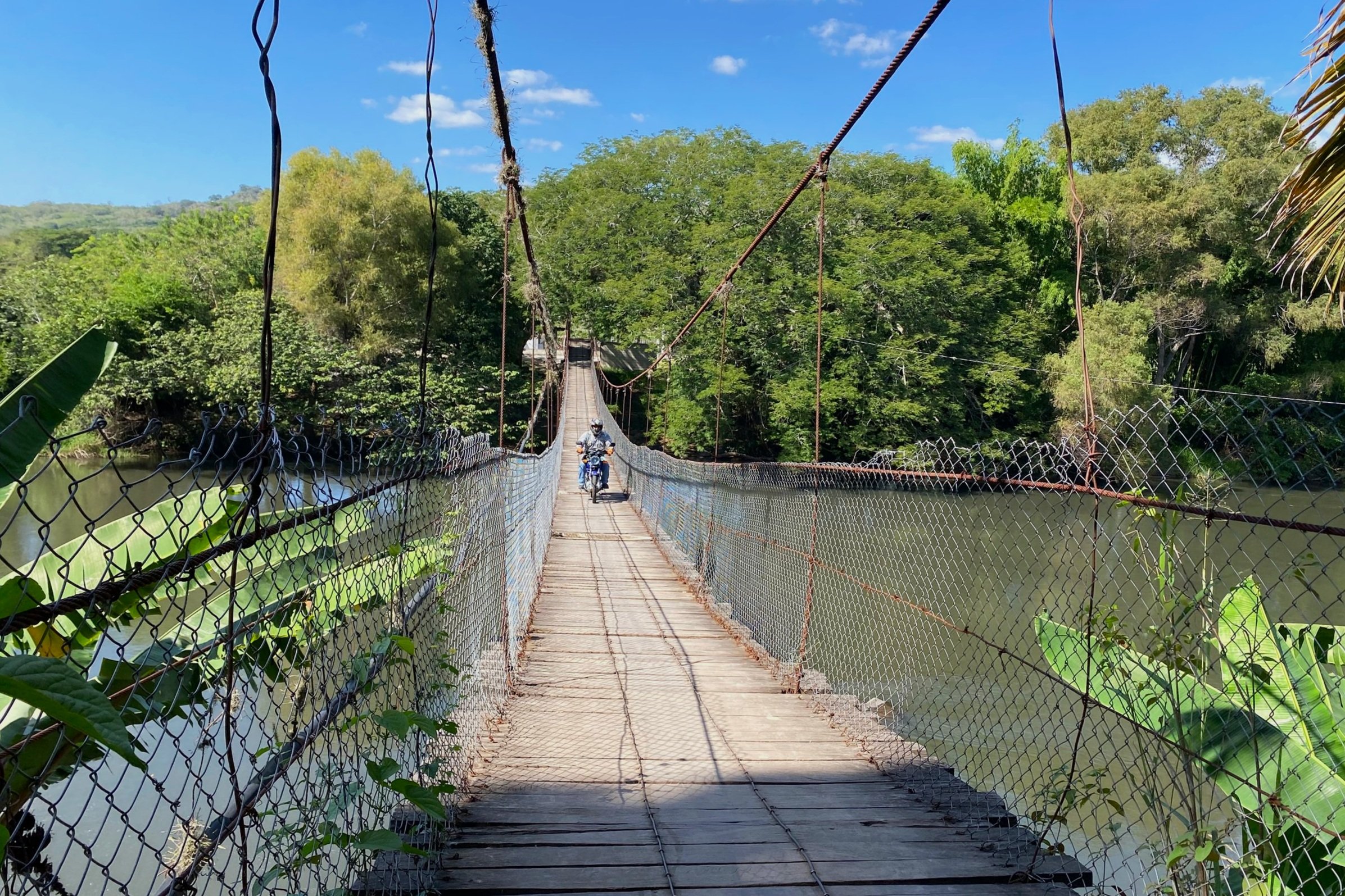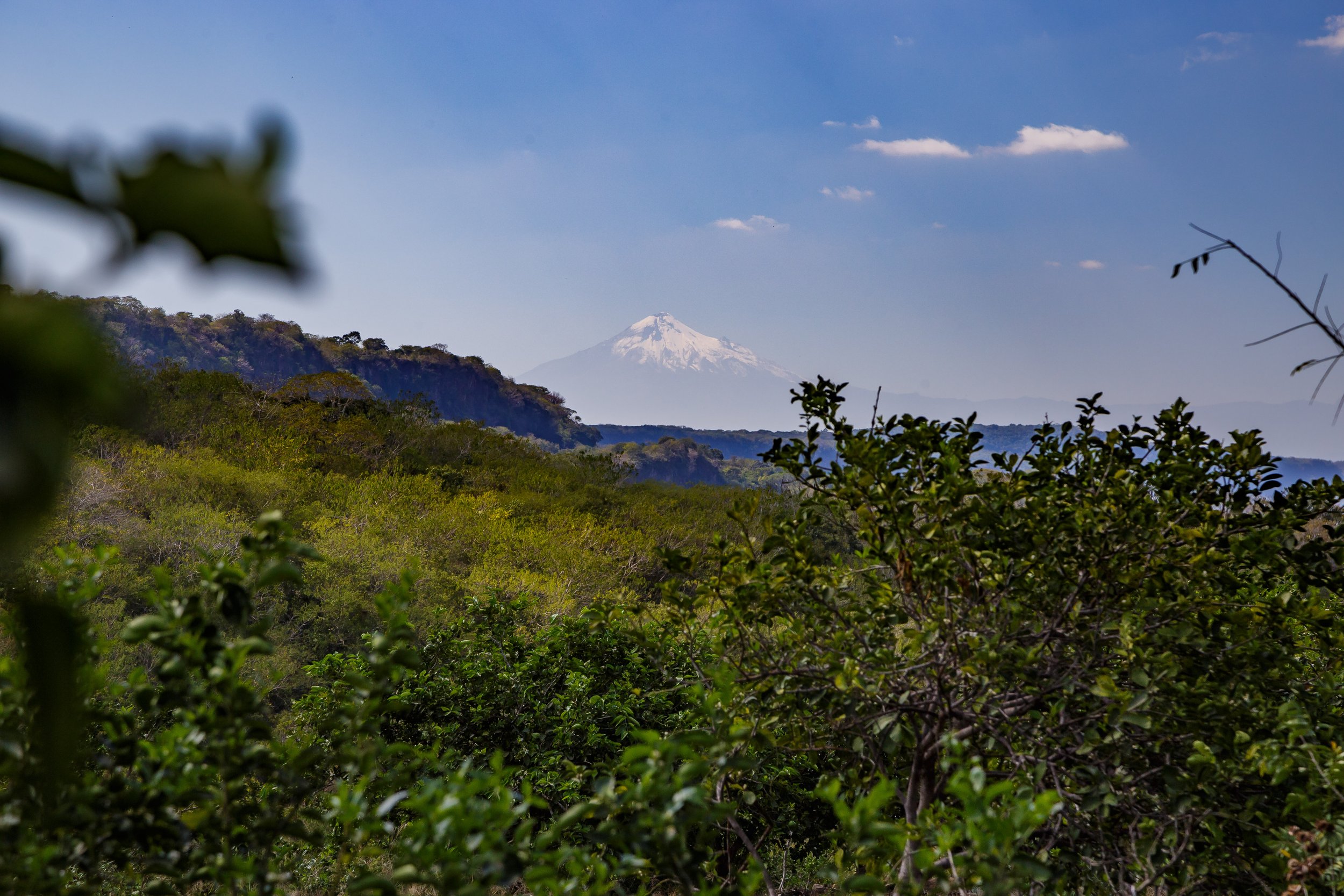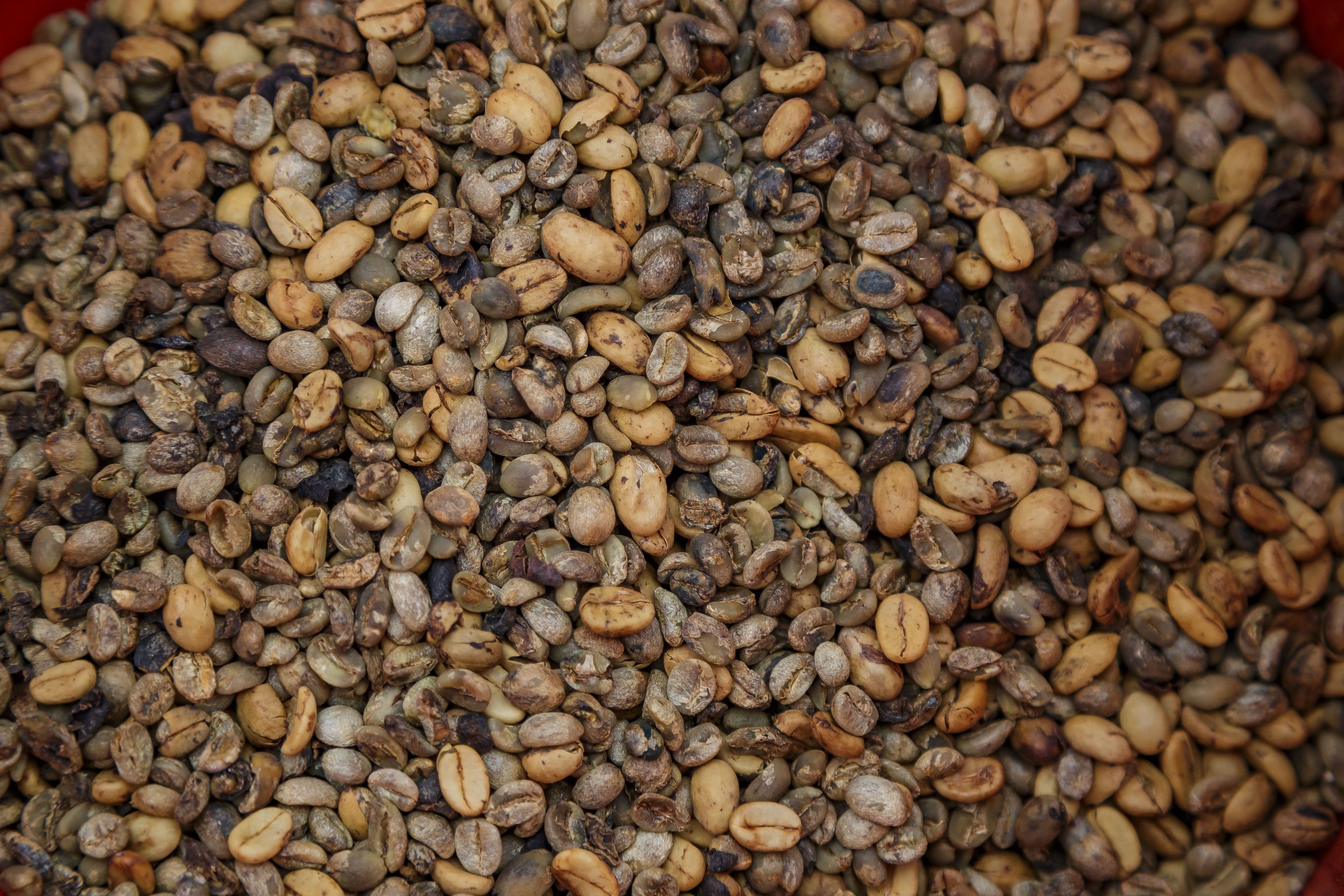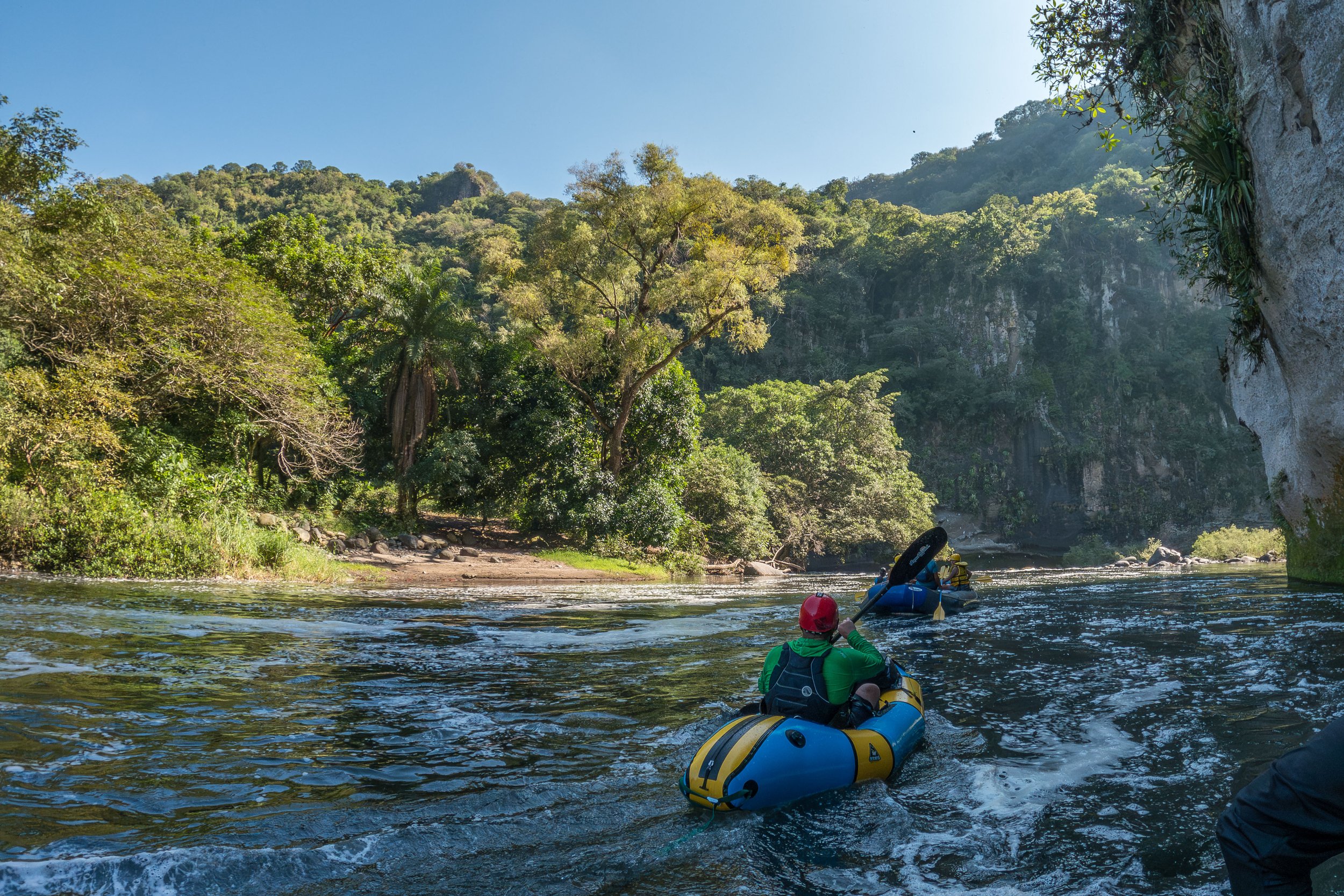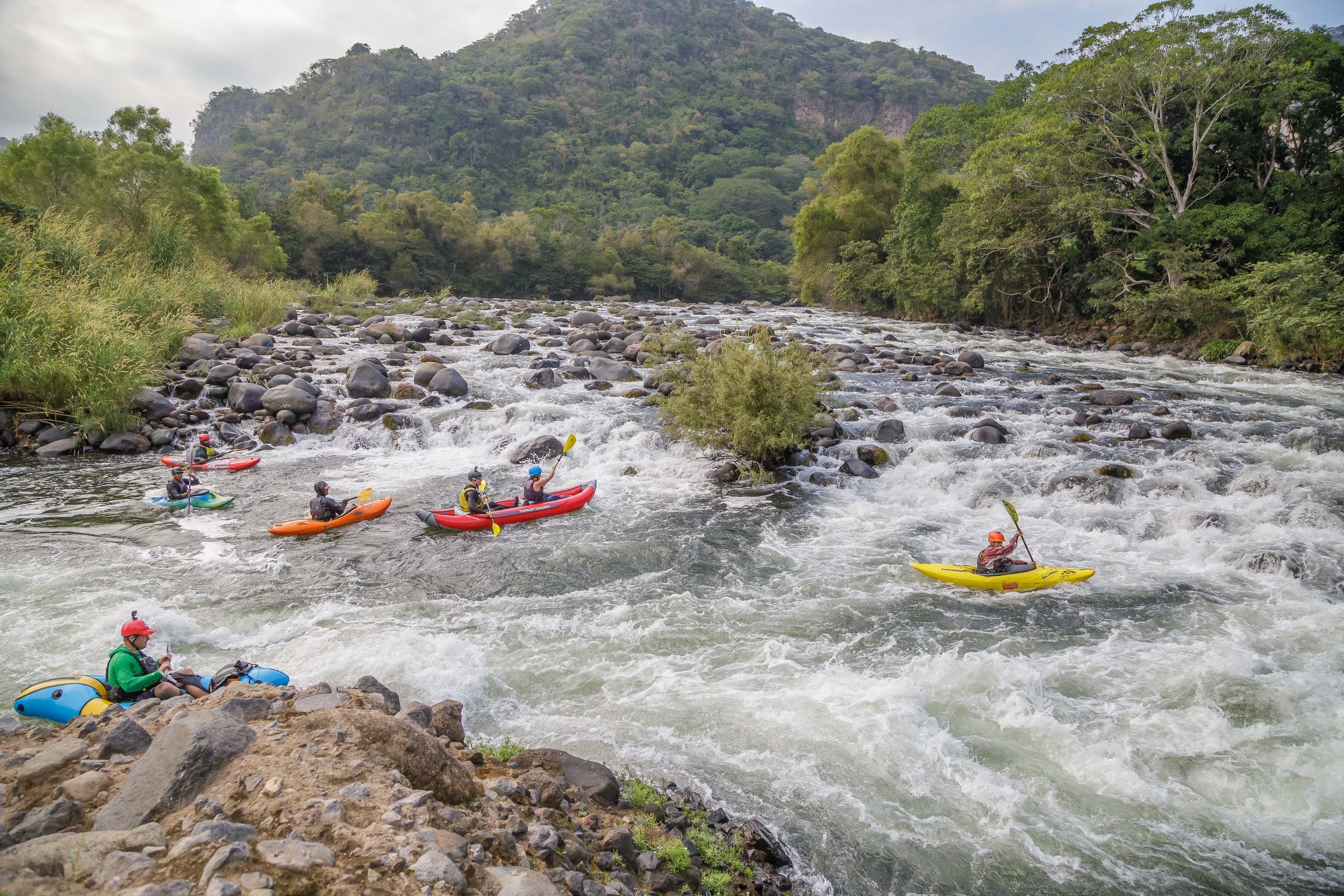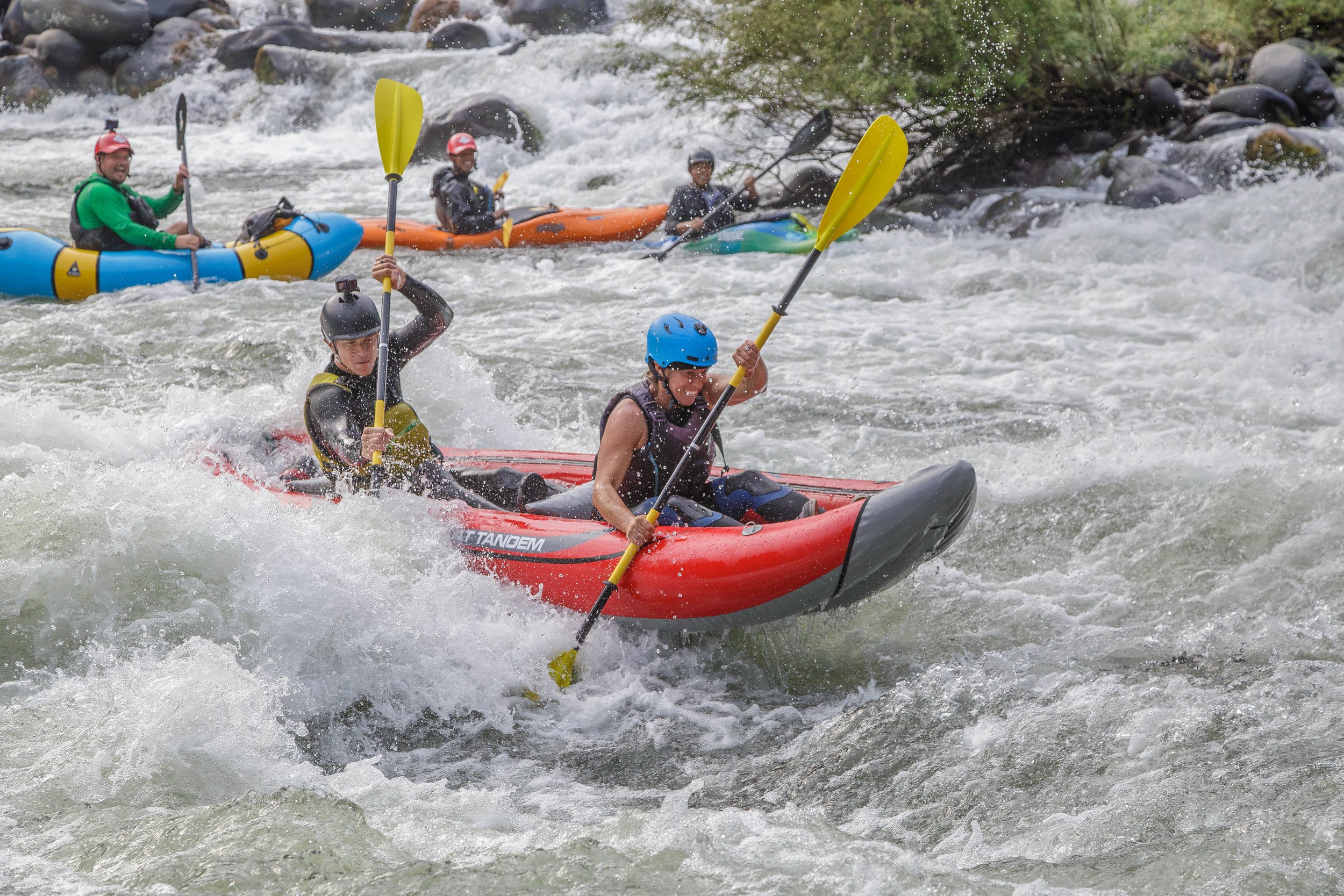The Jalcomulco Chronicles : Día de la Virgen de Guadalupe and the Torito de Fuego
/The Día de la Virgen de Guadalupe (Day of the Virgin of Guadalupe) is a popular Catholic feast that celebrates the belief that San Juan Diego encountered the Virgin Mary, Mexico’s patron saint, in Mexico City on December 12, 1531. Every city and town has their own variation of the celebration, which spans a few days. We’re not Catholic, and we’re not Mexican, so we rarely participate in any of the local celebrations surrounding religion, as we just really don’t know what’s going on and it almost feels rude, if not a bit disrespectful. However, we were very excited to learn about one part of the celebration, which involves a hand crafted toro (bull) that is covered in fireworks and worn on a brave volunteer’s shoulders as they chase the townspeople and children who dare to get close.
While we were hanging out during the brick oven build, Oscar and Selso started telling us about the Torito de Fuego (little fire bull) and we went wide-eyed, not entirely convinced that we were accurately imagining what Oscar was describing to us. Surely there wouldn’t be a man wearing live fireworks, chasing people and kids through the square. Surely we’re losing something in translation. But Selso pulled out his phone and searched out his video from last year, pointing at it excitedly and saying “Mira, mira!” (Look, look!) We were stunned. It was exactly the kind of OSHA nightmare fuel that had been described to us. In fact, it was better.
Armed with this knowledge, we agreed that it was mandatory that we attend and I should most definitely take photos, so we anxiously awaited the night of the celebration and went an hour early to the square, determined not to miss the show.
Sure enough, once 9pm hit, some music played, maybe a bell was rung (it’s hard to remember, as the adrenaline wiped out a lot of the small details from our memory) and the first of what would be several toritos was lit. Whoever makes the torito certainly has a special skillset, as the fireworks are all linked together with one fuse, but they’re on a time delay, so there’s a purposefully nerve-wracking waiting period between the lit fuse and the first of several rounds of fireworks going off. Once it’s lit, the countdown begins and the crowd cautiously gathers around the bull, provoking the volunteer inside, waiting for the first sparks to fly.
With a ‘POP’ and a ‘BANG’, the nervous anticipation quickly turned into a sort of panicked energetic glee. The crowd scattered, the bull became the instigator and the fireworks shot in every direction. We learned all too quickly that no one is safe, as the bull’s inhabitant scaled the stairs to the raised sidewalk where we stood watching, convinced we’d be well on the outskirts of the molten spray. Cornered, we ran, elbowing our way through the frenzied crowd, not daring to look behind us, lest we get caught in the torrent of sparks raining down around us.
A few moments later, the square got dark again and the fleeing masses caught their breath. The bravest of the group approached the bull, yelling and whistling, taunting the man inside, daring him try again. It may have felt like minutes, with the crowd creeping timidly inward towards the bull, but I’m sure it was shorter than that, and the next round of fireworks went off with gusto, wreaking havoc on the masses once again.
We had never, and I mean NEVER, seen anything like this. As we attempted to shelter between parked cars, we had a difficult time keeping it together. It was impossible to not find ourselves in an uncontrollable belly laugh as we alternated between running from the bull, who always seemed to find our “safe” spot and taking photos of and watching the courageous souls that continued to duck and leap around the active fireworks, goading the man in the bull, relentless with their energy.
The cat and mouse dance continued, with several rounds of fireworks from the first bull. When it was finally over, we locked our wide eyes, astounded by the spectacle, grinning ear to ear and talking over each other as we spoke “Did you see that one whiz right over my head?!” “I almost got hit!!” “HOW IS THIS EVEN A THING?!?!”
I honestly can’t remember if there were three or four bulls, but the event went on for a while, long enough that we eventually tired of running. So when one of the bull’s fuses malfunctioned, rendering it impotent as several people gathered around with lighters, all too willing to help aid the firework monster take life again, we used the lull as an excuse to escape for tacos, satisfied with our experience and the photos I’d gotten.
It’s safe to say that our night with the Torito de Fuego will go down as one of the most exciting and amusing events we’ve ever seen.
The flaming bull running through Jalcomulco’s Square.
Some of the fireworks were attached to four spinning wheels on the bull’s frame, adding a layer of unpredictability to the show.
Looking upward at the raised sidewalk that we’d strategically chosen to stand on, thinking we’d have a great view and be safe from the bull. We were wrong!
Fireworks flew all over the place, sprialing into the night air above our heads, and skittering across the ground, forcing everyone into a frenzied sort of dance.
When the bull was shooting fireworks, it chased the bystanders, but the roles reversed between rounds.
Oscar jumped in during a break in the fireworks, waving his coat for the bull, inviting him to charge.
The volunteer carrying the blull was often engulfed in a shroud of sparks.
The event became dance-like, with brave participants getting as close as they dared to the bull, and then scampering away.
The bull charging in the streets of Jalcomulco.
Lighting the second bull of the evening, for more fireworks and fun.
An inflatable Santa Claus watching over a flaming bull lit to celebrate the Vigin mary - Christmas tradition at its finest.
Bottle rockets streaming into the air on the Night of the Flaming Bull.
The event was an all ages party, with families surrounding the action.
The flaming bull running through the streets of Jalcomulco.
Fire and sparks showering the square.
The flaming bull and it’s spectators dancing and chasing each other in the streets of Jalcomulco.
A few of the braver participants would try to antagonize the bull, playing the role of the matador.







